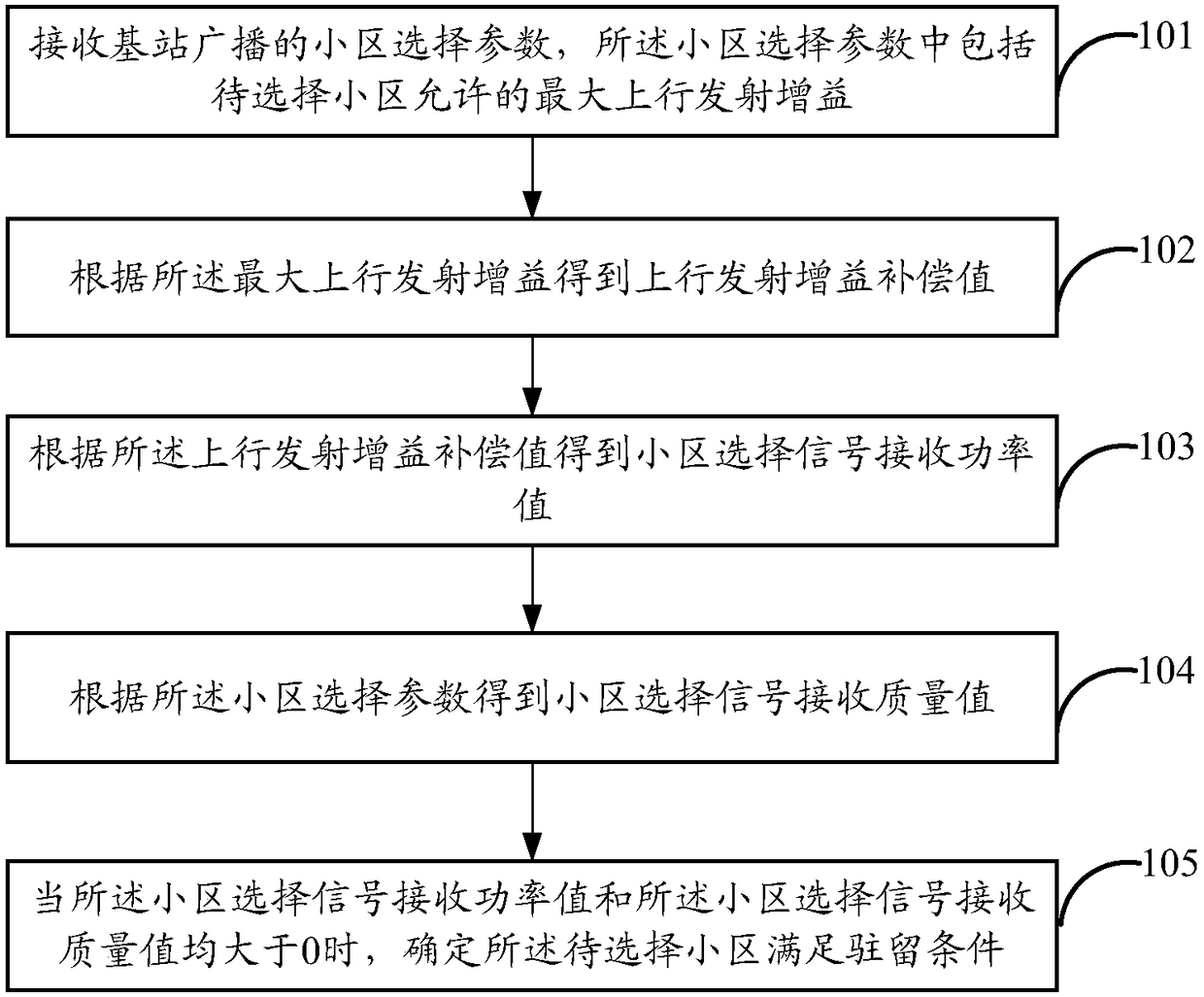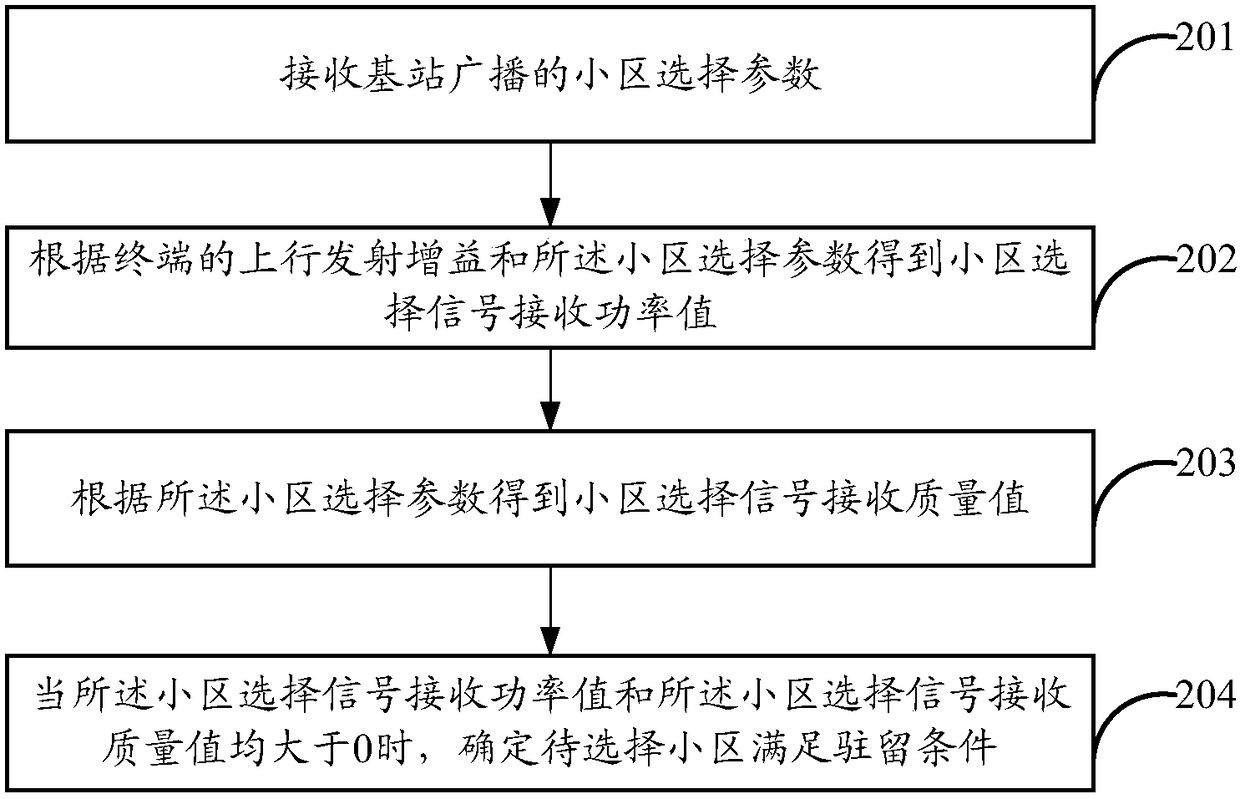Method and device for selection of residing cell and computer readable storage medium
A technology of staying in a cell or a cell, applied in the field of communication
- Summary
- Abstract
- Description
- Claims
- Application Information
AI Technical Summary
Problems solved by technology
Method used
Image
Examples
Embodiment Construction
[0061] The specific implementation manner of the present invention will be further described in detail below with reference to the drawings and embodiments. The following examples are used to illustrate the present invention, but are not intended to limit the scope of the present invention.
[0062] Considering the cost and implementation difficulty of the UE in the 4G era, the UE has only one uplink transmit antenna. In the 5G era, with the development of technology and the need for high-frequency uplink enhancement, various types of UEs will appear, such as uplink dual-transmission UEs or uplink 4-antenna UEs. Multiple uplink transmit antennas will bring more uplink gain, and the uplink gain will have a certain impact on the selection of the camping cell. Theoretically, every time the number of uplink transmit antennas doubles, a 3dB uplink coverage gain will be obtained. The uplink gain brought by the multiple uplink transmit antennas of the UE also needs to be considered...
PUM
 Login to View More
Login to View More Abstract
Description
Claims
Application Information
 Login to View More
Login to View More - Generate Ideas
- Intellectual Property
- Life Sciences
- Materials
- Tech Scout
- Unparalleled Data Quality
- Higher Quality Content
- 60% Fewer Hallucinations
Browse by: Latest US Patents, China's latest patents, Technical Efficacy Thesaurus, Application Domain, Technology Topic, Popular Technical Reports.
© 2025 PatSnap. All rights reserved.Legal|Privacy policy|Modern Slavery Act Transparency Statement|Sitemap|About US| Contact US: help@patsnap.com



